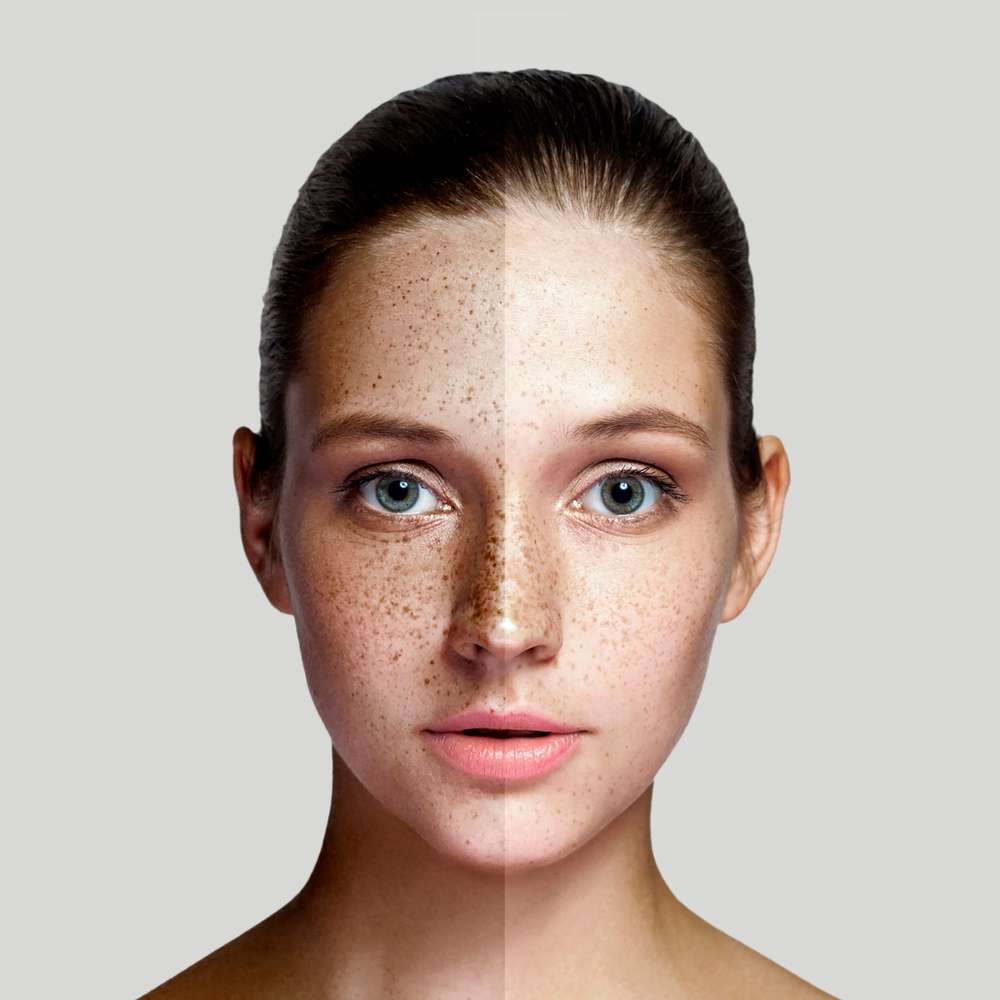Melasma treatment options for skin pigmentation
Melasma is a common skin condition that causes brown or gray-brown patches, usually on the face. It often appears on the cheeks, forehead, upper lip, or chin and is linked to hormonal changes, sun exposure, and genetic factors. Treatments focus on reducing pigmentation, preventing recurrence, and protecting vulnerable skin from UV light.

This article is for informational purposes only and should not be considered medical advice. Please consult a qualified healthcare professional for personalized guidance and treatment.
What causes melasma and skin pigmentation?
Melasma occurs when melanocytes (pigment-producing cells) increase activity in localized areas of the skin, producing uneven pigmentation. Common triggers include ultraviolet (UV) exposure, hormonal shifts such as pregnancy or oral contraceptive use, certain medications, and genetic predisposition. The pattern and severity vary by skin type; darker skin tones may show more noticeable patches and can respond differently to treatments.
Understanding the underlying triggers helps tailor a treatment plan. Sun protection and addressing hormonal factors where possible are core parts of managing melasma, alongside targeted topical and procedural options.
How do topical treatments work for melasma?
Topical therapies aim to reduce pigment production, speed skin cell turnover, or inhibit enzymes involved in melanin synthesis. Ingredients frequently used in clinical practice include hydroquinone (a depigmenting agent), azelaic acid, kojic acid, and topical retinoids. Combination creams with a depigmenting agent plus a retinoid and mild steroid are sometimes prescribed to enhance effectiveness and reduce inflammation.
Topical regimens require consistent use and regular follow-up. Results can take several weeks to months, and some agents can irritate sensitive skin; a dermatologist or qualified clinician can recommend concentrations and formulations appropriate for your skin type.
When is laser treatment used for melasma?
Laser treatment can be an option for persistent melasma that does not respond adequately to topical therapy. Types of devices used include low-fluence Q-switched lasers, fractional lasers, and picosecond lasers. These approaches target pigment or stimulate skin remodeling, but outcomes are variable and depend on the device, settings, and the patient’s skin type.
Because lasers can sometimes cause rebound hyperpigmentation—especially in darker skin—careful patient selection and treatment by experienced clinicians are important. Pre- and post-procedure topical regimens and strict sun protection are often recommended to reduce the risk of recurrence.
What procedural treatments other than laser are available?
Chemical peels, microneedling, and certain energy-based therapies are alternatives or adjuncts to laser for melasma. Superficial chemical peels using glycolic acid or low-concentration trichloroacetic acid can help by promoting exfoliation and more even skin tone. Microneedling may improve topical ingredient delivery and stimulate collagen, which can assist in pigment improvement when combined with appropriate depigmenting agents.
Procedural choices should be individualized. Some aggressive resurfacing techniques are not suitable for melasma because they can worsen pigmentation. Consulting a clinician experienced with pigmentation disorders helps select safer, evidence-aligned procedures.
How to manage melasma in daily skin routines?
Daily management focuses on sun protection, gentle skincare, and maintenance therapy. Use a broad-spectrum sunscreen with high UVA and UVB coverage every day, wear protective clothing, and limit peak sun exposure. Physical blockers containing zinc oxide or titanium dioxide are often recommended as they reflect UV radiation. Gentle cleansers and non-irritating moisturizers help maintain the skin barrier while topical treatments are in use.
Long-term maintenance is usually necessary because melasma tends to recur. Patients often continue lower-intensity topical agents and strict photoprotection even after visible improvement. Discussing realistic expectations with a clinician helps set goals for control rather than permanent cure.
Conclusion
Melasma treatment combines preventive measures, topical agents, and—when appropriate—procedural therapies such as chemical peels or laser. Effectiveness varies by individual, skin type, and trigger factors. A cautious, personalized approach with ongoing sun protection and clinical follow-up reduces the likelihood of recurrence and helps manage pigmentation over time.





